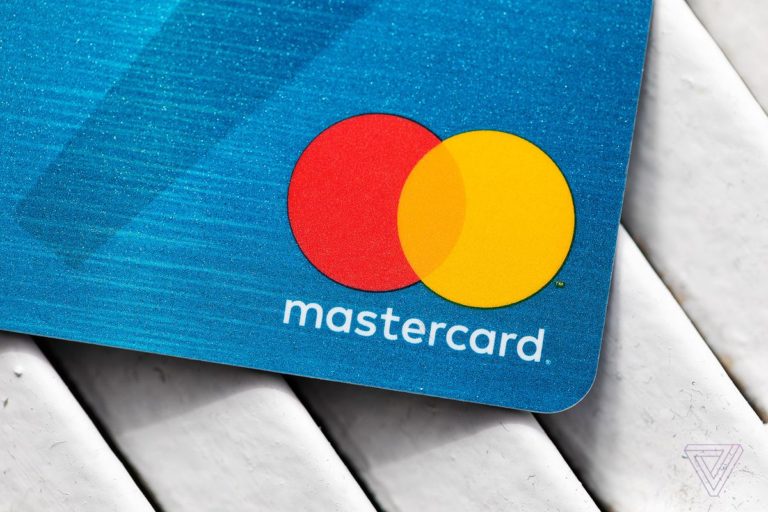What happens when traditional finance steps into the blockchain world? This is a topic worth discussing as many of the biggest names in the industry are making moves in the space. For instance, UBS has set up a blockchain lab that conducts proprietary research, and Citigroup Inc. has worked on three blockchain-based undertakings, including its own cryptocurrency, CitiCoin. Other large banks are following suit, including Standard Chartered, Bank of England, and Deutsche Bank.
Traditional Finance vs. Blockchain
While traditional finance and financial services still operate in much the same way, there are some differences between these two. Decentralized finance allows users to circumvent restrictions placed by oppressive governments. For example, traditional finance comes with a lot of regulations and other barriers that can make it difficult to transact. Blockchain, on the other hand, provides a decentralized network that allows people to send and receive money without having to go through the usual channels. Furthermore, the blockchain can prevent governments from violating the privacy of their customers.
One of the main differences between traditional finance and decentralized finance is the fact that the former is open and transparent. In decentralized finance, anyone with good programming skills can create their own financial services. The blockchain acts as a source of trust and governs all financial transactions. By contrast, traditional financial institutions are held up by the government and by the people’s trust. In addition, traditional finance involves many entry-level barriers and requires approval from regulatory bodies and licenses. Because of these barriers, innovation is limited.
The other major difference between traditional and decentralized finance is their governance model. While both systems offer similar services, both have familiar vulnerabilities and risks. The fundamental mechanisms that give rise to these vulnerabilities are well-known in the established financial system. Some features of decentralized finance are destabilising, while others could be beneficial to investors. For example, this article examines the role of leverage in stablecoins and run-risk caused by liquidity mismatches. In addition, it identifies spillover channels to conventional intermediaries.
MasterCard now makes it easier to buy NFTs
MasterCard, the top US cryptocurrency exchange, is making it easier to purchase NFTs, or non-fungible tokens, through a new partnership with Coinbase. The announcement aims to increase NFT purchasing convenience by allowing consumers to purchase NFTs as digital goods. It also aims to provide a more convenient experience for the consumers by classifying NFTs as digital goods, making them more accessible to consumers from all walks of life.
MasterCard’s announcement comes at a good time, since NFTs are seen as highly lucrative assets with immense growth potential. They are likely to move beyond collecting collectibles and art. While most people understand the basic concept of NFTs, many still have questions about their practical application. For example, it is not clear how an NFT can be used in daily life. Using a credit card is the best way to purchase NFTs.
While empowering, NFT purchases have their drawbacks. Typically, the process of buying an NFT requires an account with a cryptocurrency wallet, the minting of the piece, and buying the NFT from a secondary marketplace. Additionally, gas fees are high on Ethereum, which has priced out many newer collectors in the last year. Mastercard said it’s working to make the entire process simpler, and recently acquired cybersecurity firm CipherTrace.

